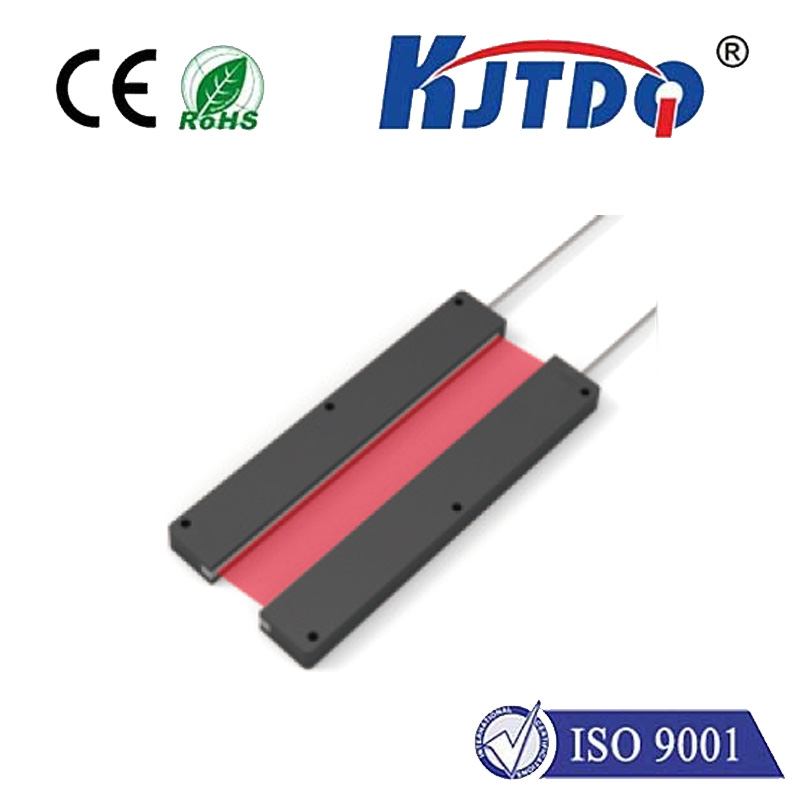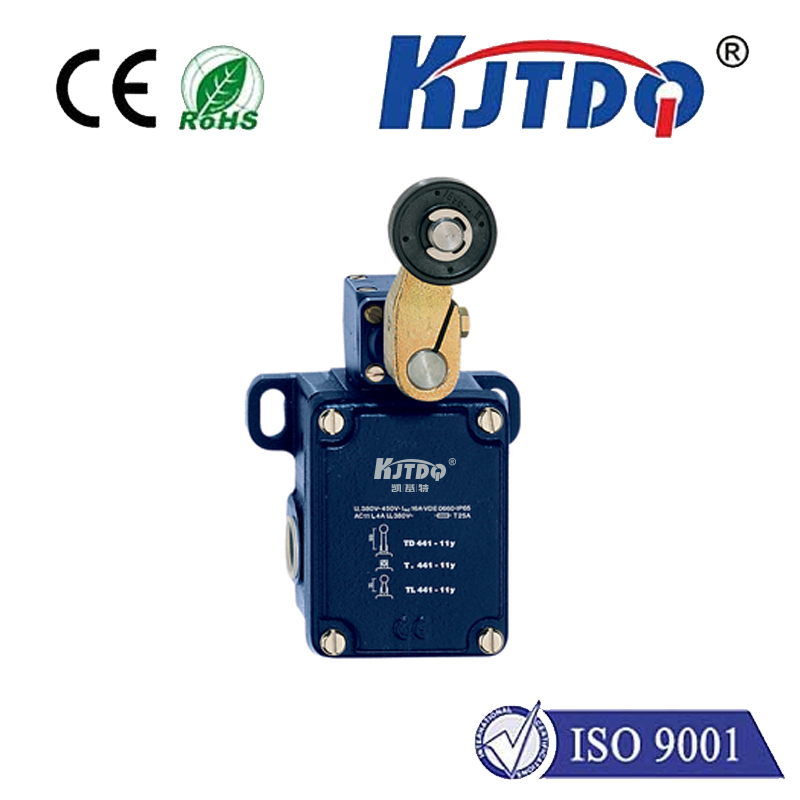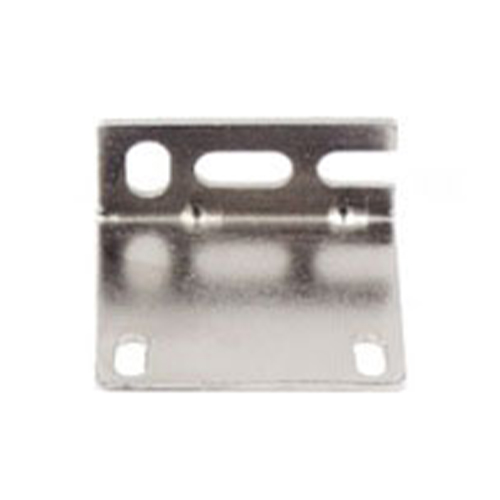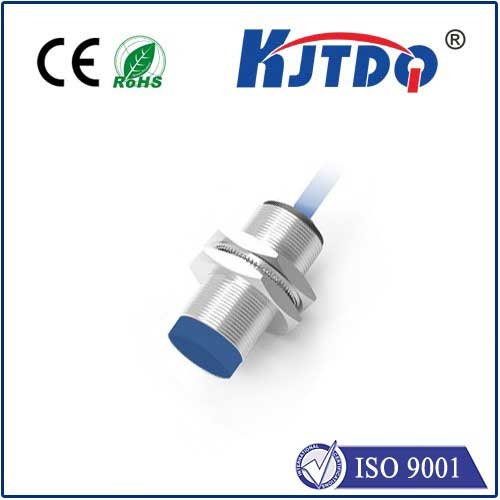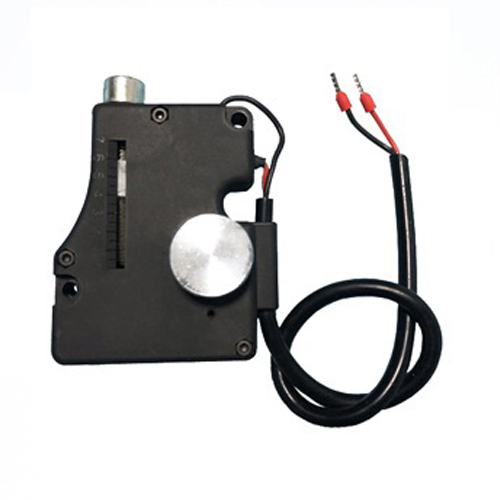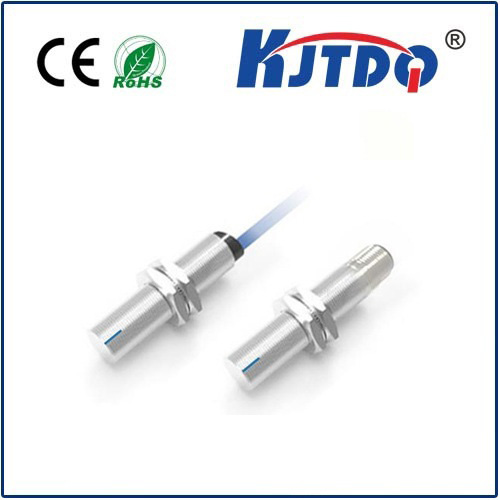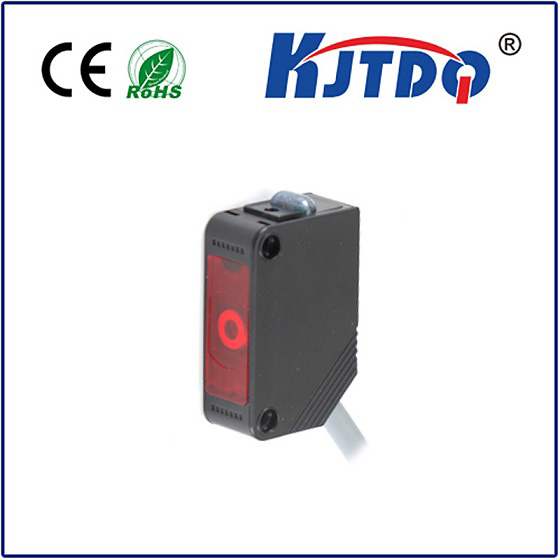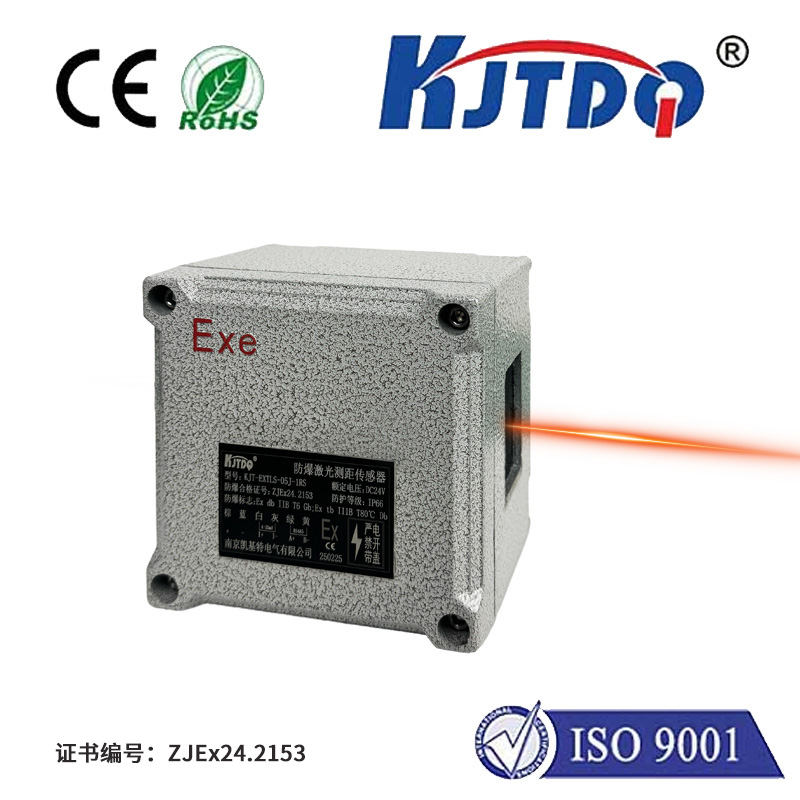

check

check

check

check

check

check

check

check

check

check
Unlocking the Future: How Smart Proximity Sensors Revolutionize Everyday Interactions
Ever fumbled trying to wake up your phone with wet hands? Or walked away from your desk only to return and find your monitor stubbornly asleep? These minor frustrations hint at the unseen world of proximity sensing – and smart proximity sensors are rapidly transforming this fundamental interaction from a simple on/off switch into a context-aware, intelligent gateway. Moving far beyond the basic “detect or not detect” functionality of their predecessors, smart proximity sensors are embedded brains, reshaping how we interact with technology, enhancing safety, optimizing energy use, and weaving seamless experiences into the fabric of modern life.
Beyond Presence Detection: The “Smart” Difference
At its core, a proximity sensor detects the presence or absence of an object within a specific range without physical contact. Traditional sensors, often relying on infrared (IR) or ultrasonic principles, excel at this binary task. However, smart proximity sensors elevate this capability significantly:
The Engine Room: Key Technologies Powering Intelligence
Several sensing technologies form the foundation of smart proximity sensors, each with unique advantages:
Where Intelligence Meets Application: Transforming Industries
The adaptive capabilities of smart proximity sensors unlock a vast array of innovative applications:
Consumer Electronics Revolution:
Phones & Tablets: Beyond just turning off the screen during calls, smart sensors enable features like Auto-Wake (screen on when you look at it), Prevent Accidental Touch during calls or in pockets/bags (analyzing context like pocket detection), and intuitive Gesture Controls (wave to silence a call, scroll without touch).
Laptops & Monitors: Enable Instant-On when approaching, Power Saving Sleep when walking away, and optimize display brightness based on user presence and ambient light.

Smart Home Hubs/Voice Assistants: Automatic Activation when someone approaches, avoiding constant “wake word” listening for basic interactions.
Wearables: Power saving by dimming displays when not actively viewed, gesture control on smartwatches.
Appliances: Automatic activation of faucets, soap dispensers, hand dryers, trash can lids, and touchless control panels on ovens or refrigerators, enhancing hygiene and convenience.
Automotive Safety & Comfort:
Driver Monitoring Systems (DMS): Detect driver presence, posture, and potential drowsiness/distraction using cabin-mounted smart proximity sensors combined with cameras.
Occupancy Detection: Optimize airbag deployment, enhance security (child left in car alert), and personalize cabin settings (seat, mirrors, climate) for recognized occupants.
Gesture-Controlled Infotainment: Reduce driver distraction by allowing touchless control of audio, climate, and navigation systems.
Automatic Tailgates: Open hands-free when detecting a deliberate foot gesture under the bumper.
Industrial Automation & Robotics:
Collision Avoidance: Safeguard humans working alongside robots by detecting proximity and triggering slowdowns or stops.
Precision Positioning: Guide robotic arms for assembly or material handling.
Object Detection & Counting: On conveyor belts or in automated warehouses.
Touchless Control Panels: Enhance hygiene and reliability in manufacturing environments (food processing, cleanrooms).
Building Automation & Security:
Smart Lighting & HVAC: Presence-based Control turns lights on only when a person is detected in a room (not just any object), and adjusts temperature based on occupancy. Significantly improves energy efficiency.
Intrusion Detection: Enhanced perimeter and indoor security systems that differentiate between humans and animals/objects.
Automatic Doors & Gates: Reliable, non-contact operation.
The Compelling Advantages: Why “Smart” Matters
The integration of intelligence delivers tangible benefits over simple proximity detectors:
Challenges and the Path Forward
Despite impressive advancements, challenges remain. Extreme ambient conditions (e.g., very bright sunlight for IR, acoustic noise for ultrasonic) can occasionally interfere. Accurately detecting complex gestures reliably in all scenarios is still evolving. Miniaturization and further reducing power consumption are constant goals, especially for wearable and ultra-portable devices.
However, the trajectory is clear. Advances in sensing technology (more sensitive photodiod


